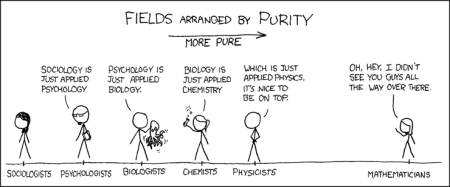The rising price of gas is quite the issue in the US these days. What to do?
Make it a game, of course.
Wired writes on hypermilers, people who compete in getting the most mileage:
Even with gas at four bucks a gallon, Yahya Fahimuddin enjoys filling his car. It’s a contest, a chance to see how many miles he can squeeze from every tank. He’s getting about 45 mpg these days and says you can, too.
He’s a hypermiler, one of a growing number of people going to often extreme lengths to get 40, 50, even 60 mpg or more. “It’s like a videogame,” he says. “Can I beat my new high score?”
As I read it, “game” here implies all the features in my game definition, but it can also be described as an attitude, a way of seeing the activity of driving the car as an opportunity for optimizing a strategy, with the optimization in itself being pleasurable.
I have been thinking about describing it in this possibly pretentious way:
Games are the poetry of action.
Meaning: In the same way that poetry has a focus on the qualities of language itself rather than on conveying meaning (Jakobson), games have a focus on the qualities of action itself rather than on what the action can achieve. Or put more simply: games are autotelic (performed for their own sake), like poetry is autotelic.

